Gardner Museum Heist —Blog
https://www.bostonglobe.com/2021/05/23/metro/three-inmates-implicated-slaying-whitey-bulger-face-inhumane-conditions-during-31-months-solitary-confinement-relatives-say/
As some of us may remember, it was by federal prosecutors in court during Bulger's trial for murder that Bulger
was publicly identified as an informant.
"The prosecution introduced a 700-page document that suggests Bulger was an informant," CNN reported.
It was his informant case file.
https://www.cnn.com/2013/07/29/justice/massachusetts-bulger-trial
May 21, 2021
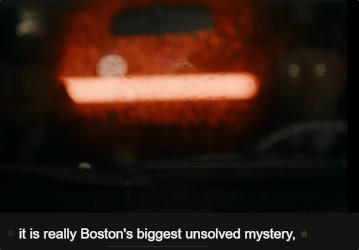 Examples can be found in Murphy's statements throughout this Netflix four part series. But for now, here are some examples of the blatantly misinforming data appearing in The Boston Globe under Shelley Murphy's byline, often
in conjunction with another Boston Globe reporter, who figure prominently in
"This Is A Robbery," three-time Pulitzer prize winner Stpehen Kurkjian. These are statements taken word for word
from the Boston Globe with a link to the story,
contradict official statements, what is plainly visible to your lying eyes in the publicly released crime scene photos,
and Murphy's own past news stories.
Examples can be found in Murphy's statements throughout this Netflix four part series. But for now, here are some examples of the blatantly misinforming data appearing in The Boston Globe under Shelley Murphy's byline, often
in conjunction with another Boston Globe reporter, who figure prominently in
"This Is A Robbery," three-time Pulitzer prize winner Stpehen Kurkjian. These are statements taken word for word
from the Boston Globe with a link to the story,
contradict official statements, what is plainly visible to your lying eyes in the publicly released crime scene photos,
and Murphy's own past news stories.
In March of 2017, in an article co-written with Stephen Kurkjian, "Murphy reported that "The FBI has focused heavily in recent years on the theory that local criminals with mob ties were behind the heist, and said it believes that the two thieves who entered the museum died a short time later.Read the whole post here.
May 11, 2021 Kevin Cullen Netflix This Is A Robbery Whatever drunken revelry was occurring across the city, who knows? "But it was a good time to commit a crime."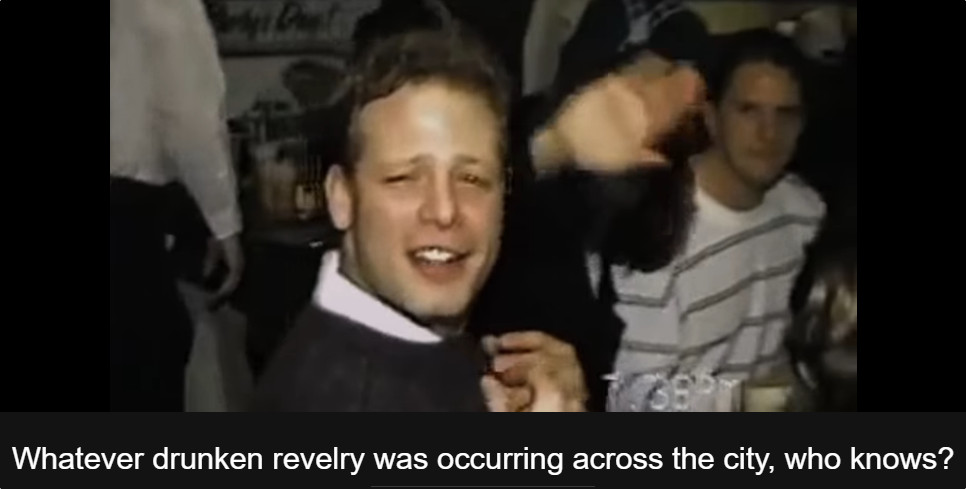 Who knows? That expression, "Who knows?" means that as far as the person uttering it is concerned, the answer is unknowable.
Why talk to people who don't have the answer?
"I'm going to tell you some things going on, on this this night, in this city, but
how pervasive these things are, the extent to which they compromises public safety? Who knows?
In fact it only unknowable if you are producing
a documentary, without much in the way of documents. The Boston Police know to what extent drunken revelry is
an issue that needs to be addressed or not by police on the night of St. Patrick's Day,
compared with other night. They know how the crime statistics
on Saint Patrick's Day compared with other days and times.
Do the police put on additional officers?
Did officers feel they were understaffed on Saint Patrick's Day back then?
Is a car more or less likely
to be pulled over at three in the morning on St. Patrick's compared with other nights?
It is true that criminals as well as spies
sometimes take advantage of holidays because security tends to drop somewhat.
Supervisors might be out of town, offices closed. The security routine is disrupted.
But St. Patrick's Day is possibly not that kind of holiday.
It is a legal holiday in Boston for government workers. But St. Patrick's Day was on a Saturday that year.
In terms of drinking at night in bars and other gatherings, it is not a holiday rite observed by nearly all or most or even
a substantial minority of citizens.
A certain greater than average percentage of people go out and drink and consume more alcohol.
on St. Patrick's Day, in a quite predictable
way, which the police are quite capable of preparing for.
There are ways to estimate the added level of security such an occasion might requires, and it
done all the time.
Who knows? That expression, "Who knows?" means that as far as the person uttering it is concerned, the answer is unknowable.
Why talk to people who don't have the answer?
"I'm going to tell you some things going on, on this this night, in this city, but
how pervasive these things are, the extent to which they compromises public safety? Who knows?
In fact it only unknowable if you are producing
a documentary, without much in the way of documents. The Boston Police know to what extent drunken revelry is
an issue that needs to be addressed or not by police on the night of St. Patrick's Day,
compared with other night. They know how the crime statistics
on Saint Patrick's Day compared with other days and times.
Do the police put on additional officers?
Did officers feel they were understaffed on Saint Patrick's Day back then?
Is a car more or less likely
to be pulled over at three in the morning on St. Patrick's compared with other nights?
It is true that criminals as well as spies
sometimes take advantage of holidays because security tends to drop somewhat.
Supervisors might be out of town, offices closed. The security routine is disrupted.
But St. Patrick's Day is possibly not that kind of holiday.
It is a legal holiday in Boston for government workers. But St. Patrick's Day was on a Saturday that year.
In terms of drinking at night in bars and other gatherings, it is not a holiday rite observed by nearly all or most or even
a substantial minority of citizens.
A certain greater than average percentage of people go out and drink and consume more alcohol.
on St. Patrick's Day, in a quite predictable
way, which the police are quite capable of preparing for.
There are ways to estimate the added level of security such an occasion might requires, and it
done all the time.
If your report is not willing to do that kind of investigative work, then don't bring it up. The answer is knowable.
The bold visuals combined with fuzzy words and logic give this show a kind of avuncular , barroom, oral history aspect. Nothing is documented, nothing is supported by evidence. Everything is based on the words and recollections of some mostly unreliable people, who are introduced in one way or another as some kind of authorities: A reporter, a lawyer another reporter, a reporter who is also lawyer
some more lawyers and so forth.After 31 years no one has anything meaningful to relate about how the Gardner heist's St. Patrick's Day connection is anything but incidental, but here it is again, the bagpipes, the bars, the unflattering local color serving as a backdrop to an unsupported narrative, and which may well be completely irrelevant to the crime. May 6, 2021
Kevin Cullen Netflix This Is A Robbery "We were all hitting our sources, saying 'What's up?' People didn't seem to know." Is that how major crimes were solved back then in 1990?
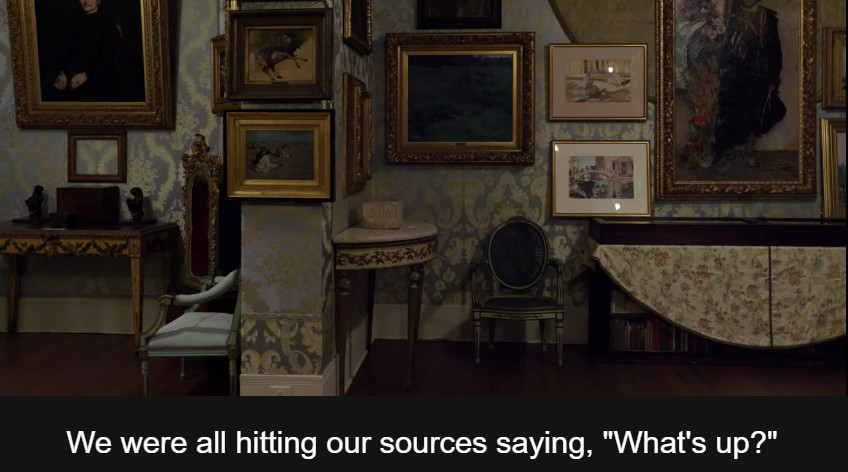
Cullen: [Clears throat] Is Raymond there?
Mafia Minion: June-ya aw Seen-ya?
Cullen: Senior
Mafia Minion: And whom might I say is calling?
Cullen: Kevin
Mafia Minion: Kev-in?
Cullen: Kevin, Kevin Cullen, Boston Globe
Mafia Minion: Murmur murmur murmur murmur
Raymond Senior [Shouted from a distance : I don't know any fucking Kevin.
Mafia Minion: Hold the line Kevin, Mr. Patriarca will be right wid yiz.
Just how far out past Route 128 did Kevin Cullen's sources go? Because two months after the robbery a front page headline in the Boston Globe read:
'FBI Said To Have Suspects Worldwide In Gardner Theft' While "locally, the theft seemed to have generated little underworld street talk, as if some fearsome crime clan had clamped a lid on," the New York Times reported.But there was no fearsome crime clan. A little over a week after the Gardner heist. "In what federal authorities called an "unprecedented assault" on the leadership of the New England Mafia, federal authorities have indicted alleged Mafia boss Raymond J. (Junior) Patriarca and 20 reputed members of the Patriarca crime family in three states on charges including racketeering, illegal gambling, extortion, drug trafficking and murder."
If ever there was a time for local gangsters to make a deal, in return the art it was eight days after the Gardner Heist, but nobody did. One more reason to think that the heist was executed by local gangsters makes no sense.
May 5, 2021 Kevin Cullen Netflix This Is A Robbery "Every reporter in this town eventually did something on that heist." It only took Cullen 23 years, to do something on that heist, a column he wrote in 2013. It began: "So, 23 years after the -Gardner Museum gets robbed, the feds think the art heist was pulled off by a combination of wiseguys from Boston and Philadelphia."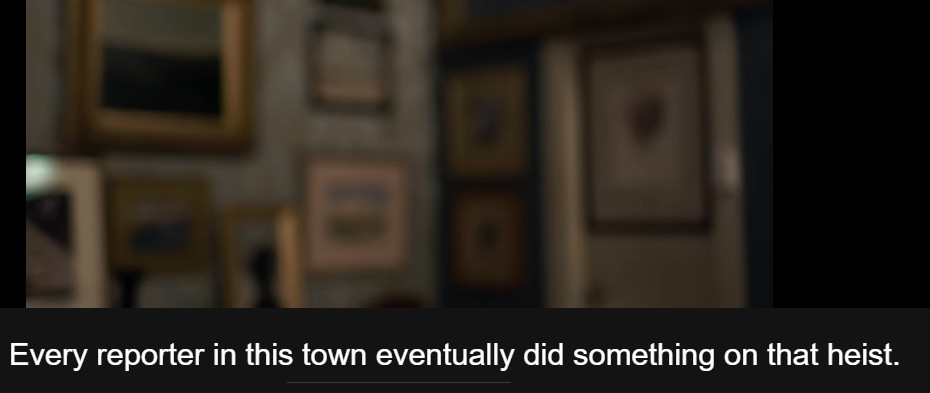
The extent of Cullen's "doing something on that heist" besides this 2013 column were two stories the first week after the heist, where he shared a byline with two other reporters, and he is not listed first. A contributing reporter and Globe staff are also credited in both of these stories.
In each of these early stories, where Cullen has a byline, it was reported incorrectly "that there was no central alarm to police to alert them of intruders in the building," and that "it was a maintenance worker who found the guards handcuffed and gagged at 7 a.m." It was not a maintenance worker, it was the Boston police, it was around 9:00 o'clock and not seven. Also at least one of the guards was neither handcuffed nor gagged.
What did these stories that "every reporter in this town" include? The accounts of the minimum of five eye witnesses? Nope. Their identities were carefully hidden from the press and public for over twenty years. The New York Times reported in 1995: "There were other clues not previously reported. Before the robbery, the pair were observed by several people leaving a party across the street, although the witness accounts were fragmentary at best. This characterization of the witness accounts was proven to be completely false by the interviews shown of two of them in "This Is A Robbery." This story was written in 1994. Fourteen years later these witnesses say they still had never been contacted by the FBI, according to Ulrich Boser, in the Gardner heist, page 195. The same New York Times article reported that the F.B.I, and museum officials, [were] long reticent about their efforts and not always in harmony. In the case of the museum, it could more accurately be described as stifled than reticent and at loggerheads with those conducting the investigation, in the first 15 years of the investigation. Reticent is hardly a word we associate with FBI agents, public servants. Unforthcoming might be a better choice in this instance. The first year, there were a couple of dozen articles in the Boston Globe, that at least mentioned in passing, the Gardner heist. But that's if you count, human interest type stories and other reports unrelated to the actual theft or the investigation; the heist. No one was talking, so reporters had to make do with what little they had from investigators, which frequently was shown to be false in the subsequent years and decades.
In the year following the heist, 1991, there were just two articles in the Globe mentioning the Gardner heist. There was an an anniversary story, and another one about a robbery in The Netherlands, where the Gardner heist is mentioned briefly: "FBI agents in Boston said yesterday they are awaiting information from police in the Netherlands to determine whether there are similarities in the armed theft there Saturday by two men of some 20 van Gogh paintings and the art theft at the Gardner Museum here a little more than a year ago."The investigation? What investigation? Suspects? There were no suspects made public at least until, Brian McDevitt in 1992 made himself a public suspect. McDevitt seems to have had the insight that for him being a public suspect was more of a problem for the investigators than it was for him and he tried to make the most of it.
Two months after the heist on the front page, the Boston Globe reported:
"As details begin to emerge about the two-month probe, law enforcement sources said that the suspects' movements are under close scrutiny by federal agents, including one suspect who was under surveillance during a recent arrival at Logan Airport."
Did the reporter ask if why the suspects were being kept "under close scrutiny," and not questioned? Perhaps so: "The FBI has refused to provide further details about the investigation," the story also stated.
Not sounding at all like those that the Netflix documentary "This Is A Robbery, describes as the prime suspects from the very beginning, "sources were divided as to whether any of the suspects were currently in Massachusetts, noting that they frequently traveled from city to city."
In 2005, the FBI said the two guards were not considered suspects, but in 2015 they were definitely casting aspersions Gardner guard Rick Abath's way, though only for a short while.
By claiming that every reporter eventually did something suggest that the Gardner heist theft and investigation have undergone some kind of normal, public community vetting process by way of the media. It has not. Here is a link to the column when Kevin Cullen, eventually did something on that heist," a column that is nothing, not something. May 4, 2021 Leppo: "Somebody had to know something" "Somebody had to know something," Myles Connor's attorney observes about the missing art and thieves in the opening minute of "This Is A Robbery."
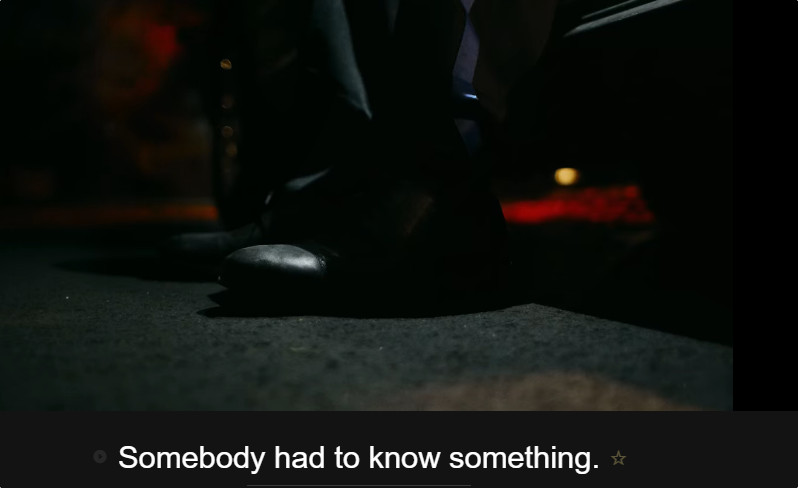
One guard, working at the Museum at the time of the robbery Marj Galas, says she was interviewed by the FBI at the museum, as was all of the museum staff. She shared an apartment with one of the guards, who worked that fateful night. Other museum staff lived in the apartment as well. "I do remember they [Gardner heist FBI Investigators] asked about drugs," Galas recalled in 2018. "There was a big focus about people smoking pot at the watch desk or in the museum. Or the gallery guards taking drugs or something like that, so they asked questions about that."
Clearly if there was a big focus on drugs, and the crime of staff drug use could not be subordinated to the Gardner theft investigation, then investigators must have known all they needed to and they were just not tasked with apprehending the people who did it."Suffice it to say, the informant tips coming into the Boston field office regarding the Gardner theft were no doubt being finely screen," McShane wrote in his 2007 book, Loot about his participation, as an FBI investigating agent of the Gardner heist. "It was one similar frustration after another, a quagmire I was happy to leave to the uncooperative and compromised Boston field office," he wrote.
Leppo, part of a small cadre of high echelon disinformants, who are interviewed to their thoughts about the case on these sporadic show histories, has represented most of those mentioned as possibly being involved in one way or the other with the Gardner robbery in this documentary, six in total and in various levels of possibile involvement: Myles Connor Jr., William Youngworth, Robert Guarante, Carmello Merlino, David Turner and Stephen Rossetti.
So if Mr. Leppo has not "heard something," then clearly there is nothing to be heard from this cluster of suspects, who, in any case, were only conjured up decades after the original crime:"After 15 years we don't have significant leads," Michael Sullivan, an American lawyer and politician who served as U.S. Attorney for the District of Massachusetts (2001–2009
"The assumptions that he [Anthony Amore] and the F.B.I. special agent now overseeing the case, Geoff Kelly, were forming then in [2011] became their active theory of the heist. The short version: It was the handiwork of a bumbling confederation of Boston gangsters and out-of-state Mafia middlemen, many now long dead.Kevin Cullen who figures prominently in this documentary started his column on March 22, 2013: "So, 23 years after the -Gardner Museum gets robbed, the feds think the art heist was pulled off by a combination of wiseguys from Boston and Philadelphia."
So this so called "active theory," which is not a theory at all, since they know who did it, only goes back less than ten years, for a crime that occurred three decades ago, although the documentary, "This Is a Robbery" says it goes back to the very beginning of the investigation. This is not a case of investigators not knowing because people remained silent, as Mr. Leppo suggests. The people keeping silent are those, who purport to keep the people informed, or at least no misinformed. May 2, 2021 Connor's attorney Martin Leppo, muddies the picture in This Is A Robbery some more "Everybody talks about the Gardner. This is.. this is it. The biggest art theft in the history of the world. Millions of dollar's worth of artwork. They disappeared."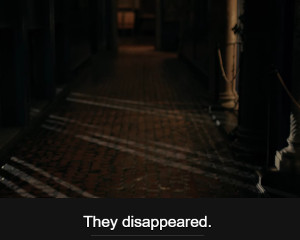
Given the teeny-tiny roster of vetted quotables, when it comes to the Gardner heist investigation, it should come as no surprise that the attorney advising Youngwoth in these negotiations, was none other than Martin Leppo, the person in documentary, who now claims that the art disappeared. Leppo also served as the public relations point man for his client Myles Connor during various episodes involing his claims of having a connection or access to the art, such as in 1999, 2005, 2009, 2018, and again in this documentary. If any of Leppo's and Connor's claims, which currently span back to the actual robbery, were even a little bit credible, which they are not, that would add to the pile of data showing that neither the thieves or the art "disappeared, as he claims here, since Connor has over the years has made claims regarding both.
"Many officials at the Gardner museum, and also some officers at the FBI, did favour some form of compromise, but those higher up in the legal establishment had no desire to send such a message to the criminal fraternity at large. The attorney general's office in Washington warned against pandering to "cultural terrorism." In 2013, Emily Rooney asked Special Agent Geoff Kelly about the threats against the museum said: "Certainly when you have a case of this magnitude people are going to come out of the woodwork." If it were as simple as that, the threats against the museum would have been reported in the media prior to the museum director herself coming forward in 2013. Perhaps some but not all of these overtures, which have reached the public are illegitimate, but not all. So it is not true that the thieves or the art "disappeared." A return offer that satisfies the federal government has just not ever been worked out. Copyright © 2021 All Rights Reserved
